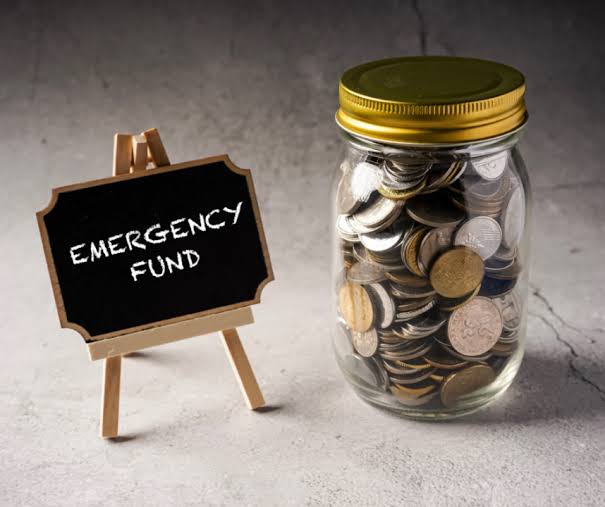
In today’s unpredictable economy, small businesses must build resilience to survive and grow. Discover key strategies to navigate economic downturns, leverage digital marketing, and secure financial stability. Learn how to future-proof your business against uncertainty.
Table of Contents:
- Introduction: Why Small Businesses Need to Build Resilience
- Understanding Economic Volatility
- Strategies to Strengthen Financial Stability
- Leveraging Digital Marketing for Business Growth
- Adaptability: The Key to Long-Term Success
- Conclusion: Future-Proof Your Business Today
Introduction: Why Small Businesses Need to Build Resilience

Economic uncertainty has become the norm. Market fluctuations, inflation, and global disruptions can make or break small businesses. The key to survival? A proactive approach to build resilience.
Resilient businesses don’t just endure economic challenges—they thrive by adapting, innovating, and leveraging digital tools to stay ahead. Whether it’s optimizing financial management, investing in digital marketing, or fostering adaptability, building a strong foundation is non-negotiable.
This blog explores practical strategies that will help small businesses not just survive but flourish in turbulent times.
Understanding Economic Volatility
Before diving into strategies, let’s define economic volatility. It refers to sudden and unpredictable shifts in the market caused by factors like:
- Inflation and interest rate fluctuations
- Global supply chain disruptions
- Political instability
- Changing consumer behaviors
These factors can directly impact revenue streams, making it critical for businesses to build resilience and safeguard against financial setbacks.
Strategies to Strengthen Financial Stability
Financial security is the backbone of resilience. Without a solid financial strategy, businesses risk collapsing during downturns. Here’s how to fortify your financial standing:
1. Maintain a Healthy Cash Flow

Cash flow is the lifeblood of any business. Regularly monitor your income and expenses to ensure sustainability. Consider:
- Cutting non-essential expenses
- Negotiating better payment terms with suppliers
- Diversifying revenue streams to reduce dependence on a single source
2. Create an Emergency Fund

An emergency fund acts as a financial cushion during unexpected downturns. Aim to set aside at least three to six months’ worth of operating expenses.
3. Explore Alternative Funding Options

Having access to diverse funding sources is crucial. Consider:
- Small business loans
- Crowdfunding
- Government grants and subsidies
These measures can provide stability and ensure your business remains operational.
Leveraging Digital Marketing for Business Growth
Digital marketing is a game-changer for businesses looking to build resilience. A strong online presence can help attract new customers, retain existing ones, and create a steady revenue stream.
1. Optimise Your Online Presence

Your website is your digital storefront. Ensure it is:
- Mobile-friendly and SEO-optimized
- Fast-loading and easy to navigate
- Regularly updated with fresh content
2. Invest in Social Media Marketing

Social media platforms allow small businesses to engage directly with customers. To maximize impact:
- Post consistently with valuable content
- Utilize paid advertising for targeted reach
- Engage with followers through interactive posts and live sessions
3. Leverage Content Marketing

Content marketing builds brand authority and trust. Blog posts, video content, and email newsletters keep your audience engaged. Use SEO best practices to improve visibility and attract organic traffic.
Adaptability: The Key to Long-Term Success
Resilient businesses don’t just react to change—they anticipate and adapt. Adaptability ensures sustainability in unpredictable markets.
1. Stay Informed & Be Proactive
Regularly monitor market trends, consumer behavior, and industry updates. Use data analytics to predict shifts and adjust your strategies accordingly.
2. Diversify Your Offerings
Relying on a single product or service can be risky. Expanding your offerings can help mitigate potential losses during downturns.
3. Invest in Employee Training
Your team is your greatest asset. Equip them with skills to handle crises, implement new technologies, and improve customer service. A well-trained workforce is essential to build resilience.
Conclusion: Future-Proof Your Business Today
Economic uncertainty isn’t going away—but businesses that focus on financial stability, digital marketing, and adaptability will continue to thrive. By taking proactive steps to build resilience, small businesses can navigate volatility with confidence and emerge stronger.
Now is the time to take action. Strengthen your business strategies today and safeguard your future. Need expert guidance? Let’s connect and craft a personalized growth plan for your business!





